Re-imagining beauty: How body burns and anguish brought a Russian teenager fame
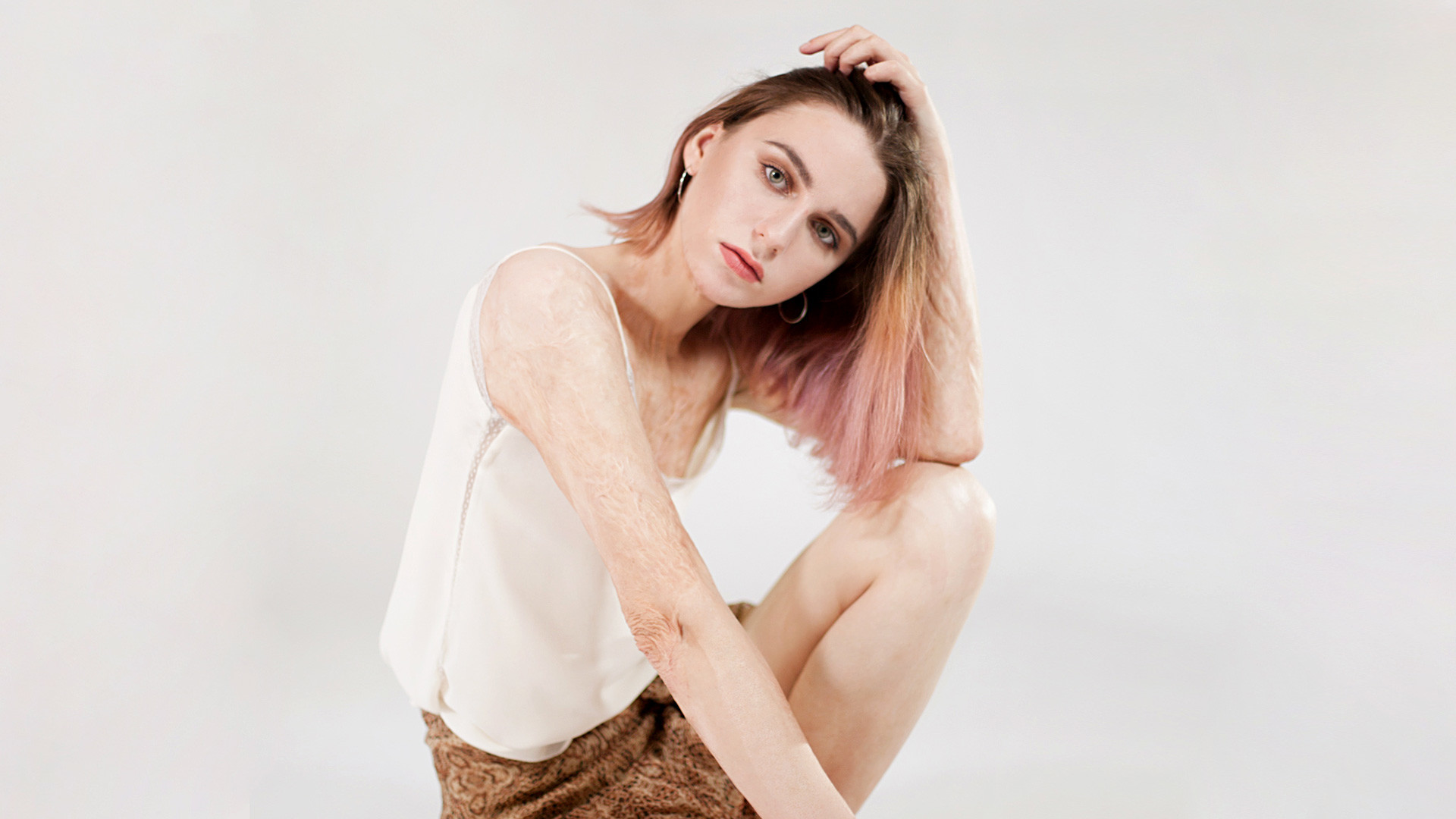
“I’ve wanted to be a model since childhood, even with the burns. I thought that might maybe allow me to become a body-positive model, whatever it took.”
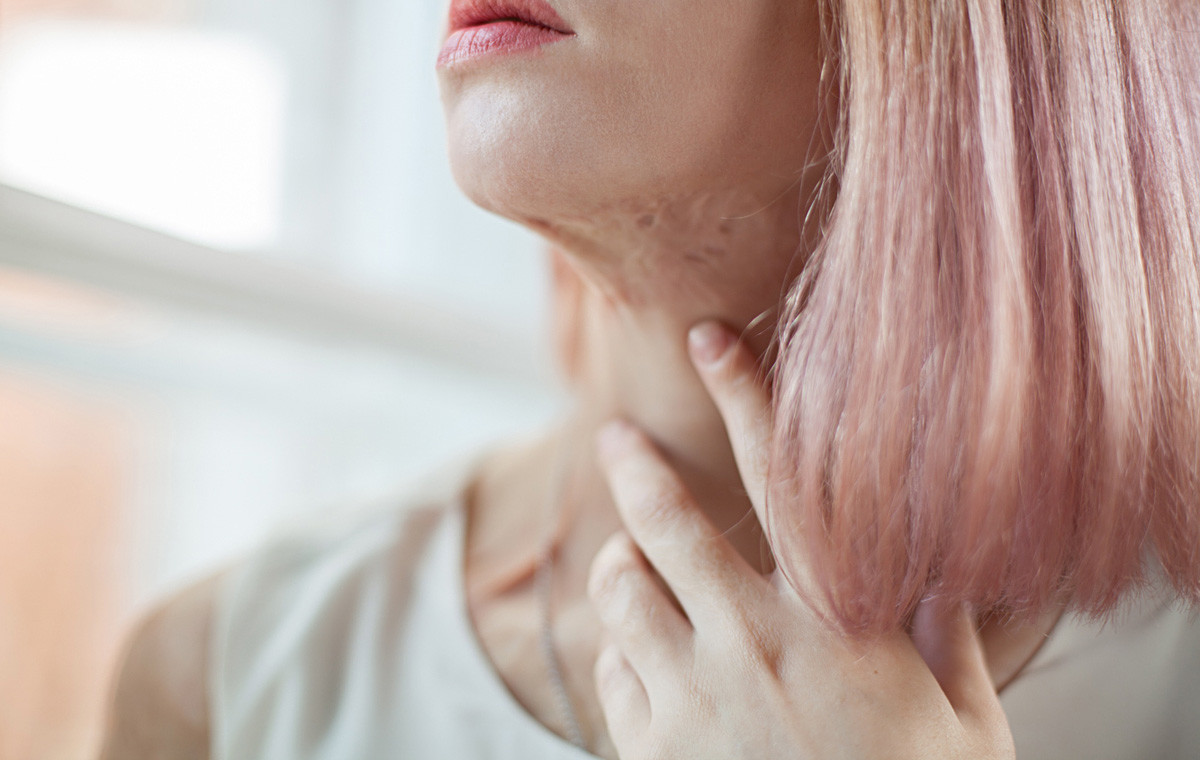
“I don’t remember how it all began. I just posted pictures of myself on Instagram, spent whatever money I had buying subscribers and ads.
I got different reactions. Some said offensive things – of course, it’s not to everyone’s taste. Some write to me in admiration, things like, “Keep going, continue doing what you’re doing.” After my first three or four thousand subscribers, there wasn’t a single negative or offensive comment from any of them.”
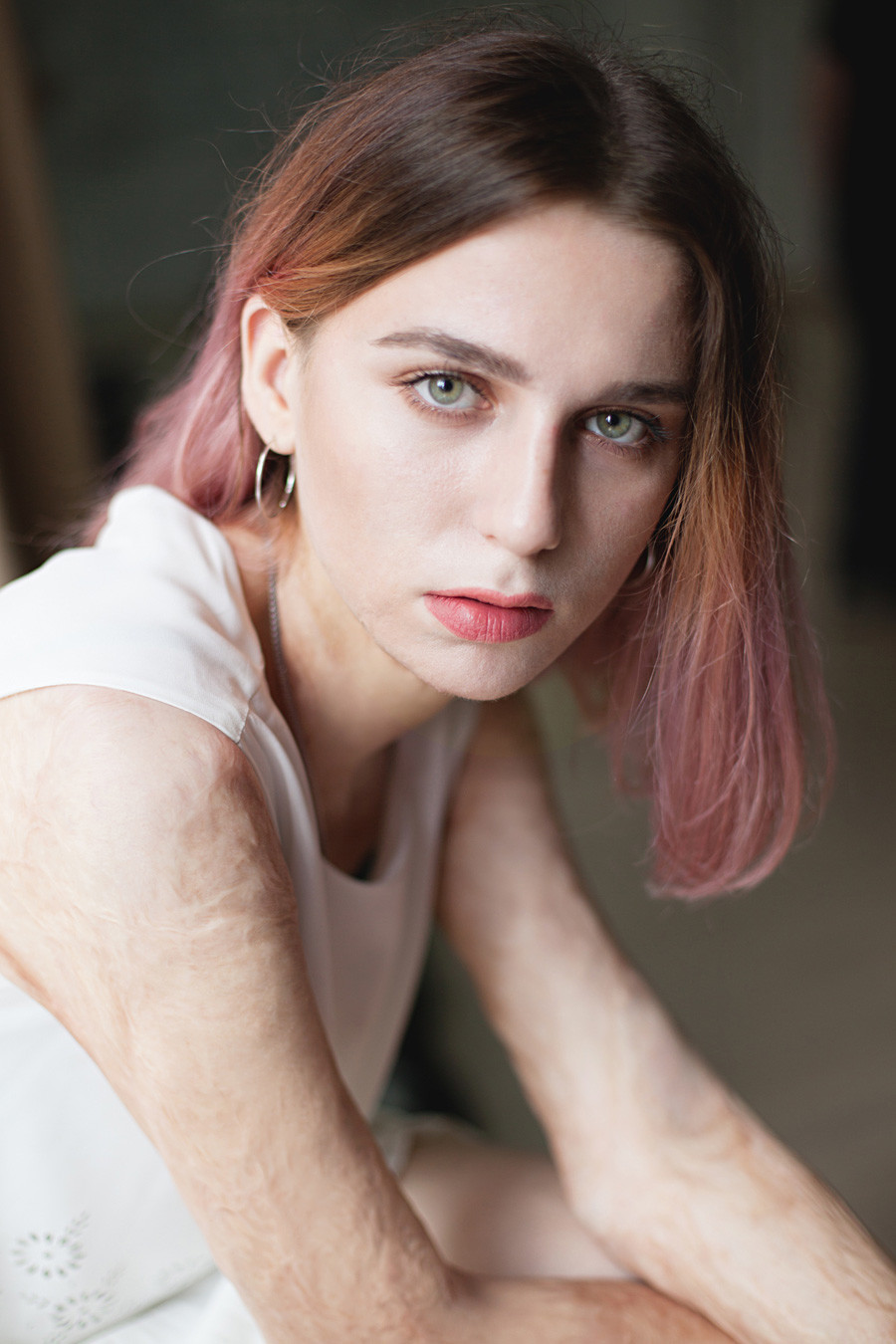
“After I crossed the 10,000-subscriber mark, there was more coverage and other girls with burns started to write me messages. They sent photos and videos; Many of them had sad stories to tell. Some were young as 12 or 14, who felt pressure because they’re not “one of them”, because they’ve been pushed out, or they’ve got some kind of “inadequacy.”
One girl with anorexia wrote to me in a very dire situation, and through my Instagram account, I was able to raise 65,000 rubles ($1,050) for her.”
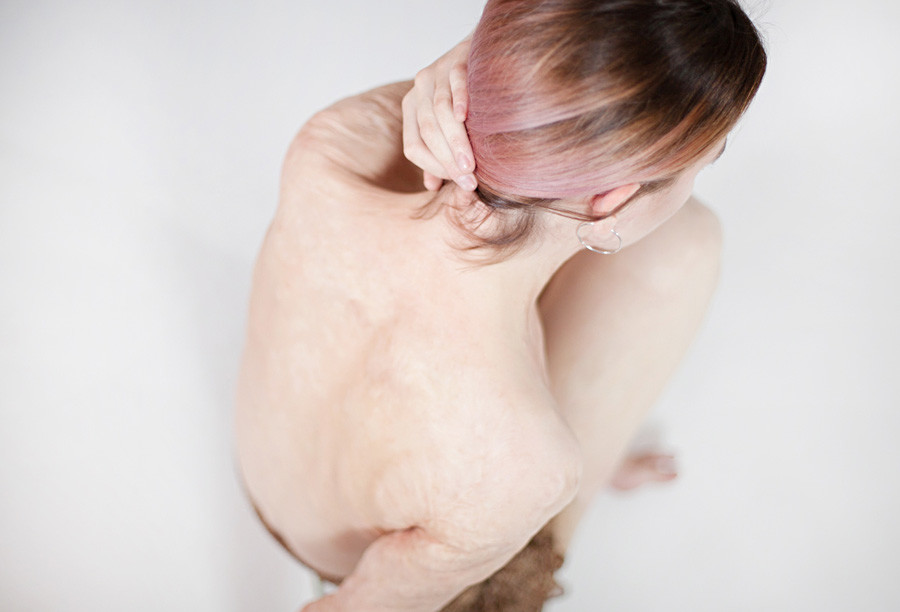
“The fire happened when I was four years old. My mother went out to the shop for pelmeni, and everything went dark. We had no lights in the apartment since we hadn’t paid for it. I decided to light a candle, as I was scared of the dark. I saw it light up, and I remembered how my mum once set a thread on fire. I decided to do the same to my nightgown – so I set the material alight, and it burned and wouldn’t go out.
I was only four years old, I didn’t understand that I would burn with it.”
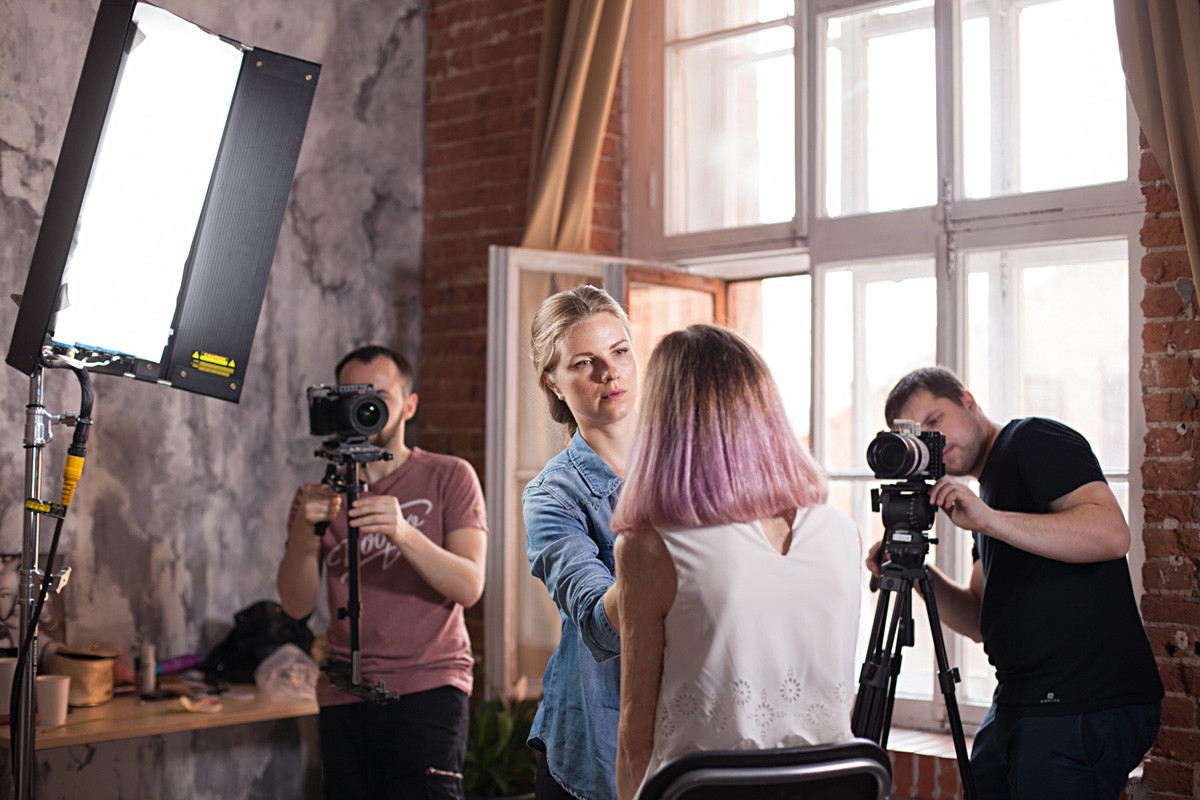
“The dress was made of lacework, so it burned very slowly. The material then suddenly flared up. I cried out for my mother, but she wasn’t there. The dress just kept burning on my body. I decided to try and put myself out. There was a chair in the hall, and one in the kitchen – I ran from one chair to the other, back and forth, and eventually it went out.
It was several hours before my mum came back. I don’t remember, my mum said she’d only be gone five minutes – and this was on the first day of June, Children’s Day. It was summer then, and when she came back, it was already dark, so it couldn’t have been five minutes.
When she came in, I went up to her and she started trying to take the dress off me, but it was completely stuck. We had paramedics on the first floor of our building. I sat with them in the ambulance while they injected something into my chest, and that’s the last thing I remember. I then fell into a coma, and remained unconscious for two months.”
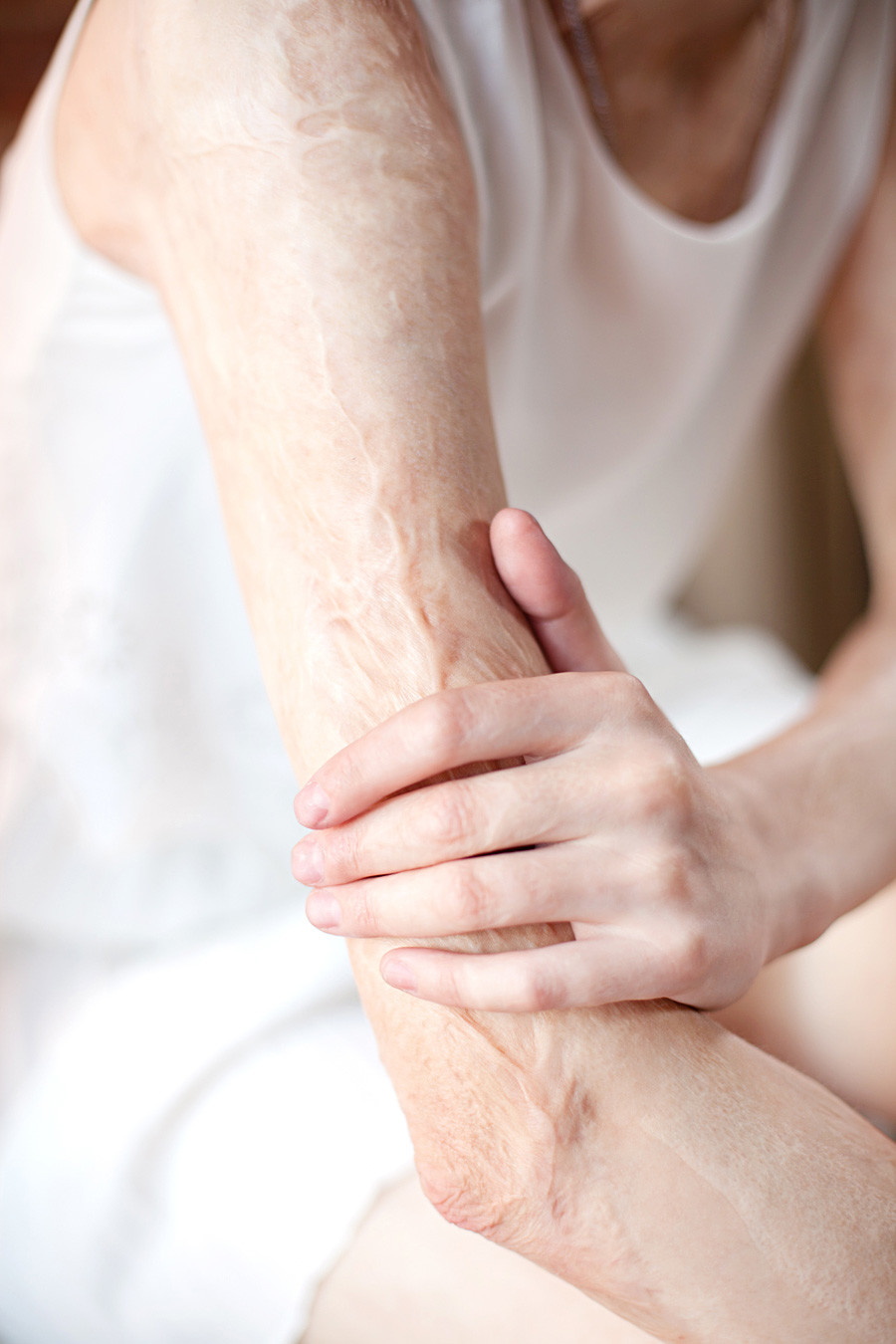
“When I woke up, my mum wasn’t there. My arms were tied up to my legs, and my stomach itched all over. I began to flail. I was very worried; I couldn’t speak, I couldn’t walk, and I couldn’t feel my hands or straighten out my legs.
Even before the incident she wasn’t there for me. Then when I was in ICU she never once visited me. It was such a strong fire, it burned off my mammary glands, my nipples, everything. I needed a donor to transplant my less-damaged skin, but they couldn’t use my mother’s because she was drinking.”
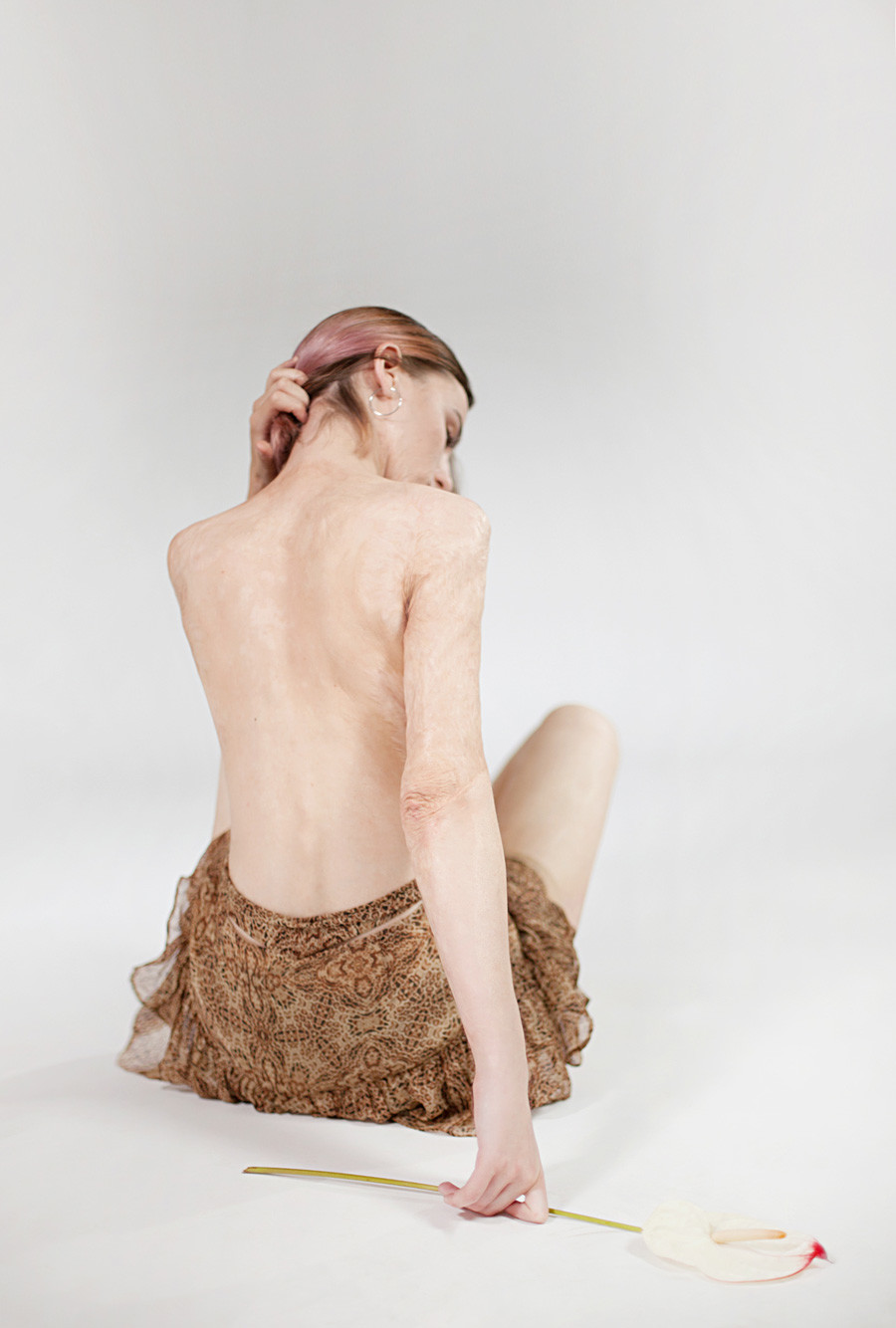
“A few years went by, and when I started first class, she started drinking heavily again. She tried to pull herself together, but after a few years she was back drinking. I would get bullied at school, then I would come home and my mother would say things like “I hate you, I never called you my daughter.”
At the age of 9, she threw a knife at me. I went to the police and filed a complaint, and they took me to an orphanage, where I was under watch, as they knew how harshly she treated me. It was impossible, even scary to live with her. I’ve talked to her about the fire, but she just tells me that it was an unfortunate incident and she’s not to blame.”
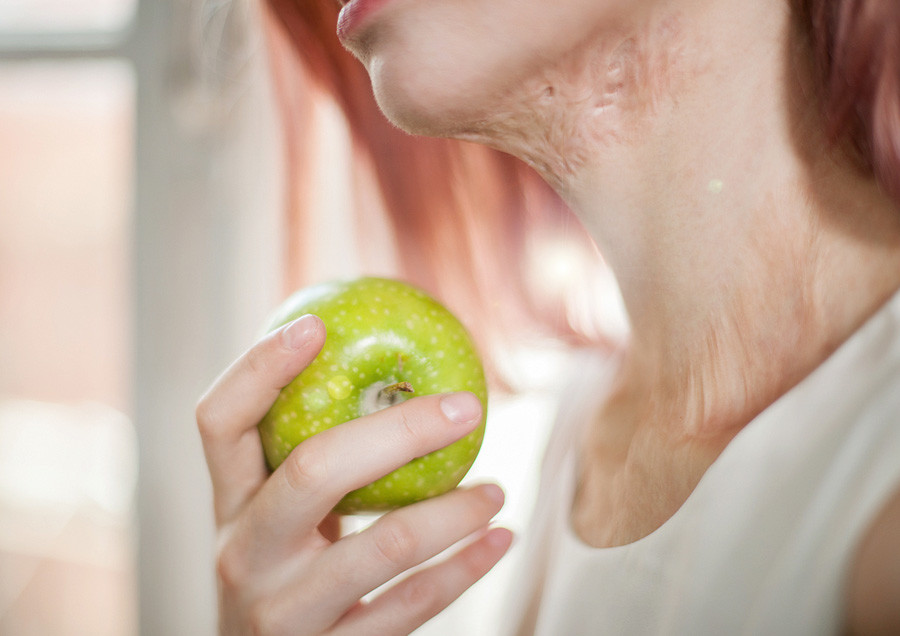
“My childhood in Komsomolsk-on-Amur (680 miles north of Vladivostok) was tough, there was a lot of bullying and pressure because of the burns. There was a boy who used to run up to me and touch my chest – it was clear, since I’m a girl, that my breasts weren’t growing, and everyone started laughing at the fact that I had no breasts. All my class saw, it was so humiliating for me. I started crying (naturally). “
Really, I’ve been recovering all my life from the burns. I had my last operation when I was 15. But as I got older it did become easier.”

“I now live in Moscow with a boy, whom I met online. He helped me get back on my feet and become me again. He’s my anchor, my support who has allowed me to reconnect with myself. I used to be a very unhappy, very insecure. He told me the burns are no big deal – this was the first time in my life someone told me I wasn’t ugly. On the contrary, he told me that it was cool that I wasn’t like other people.
He even told me, “People from the Far East are different anyway.”
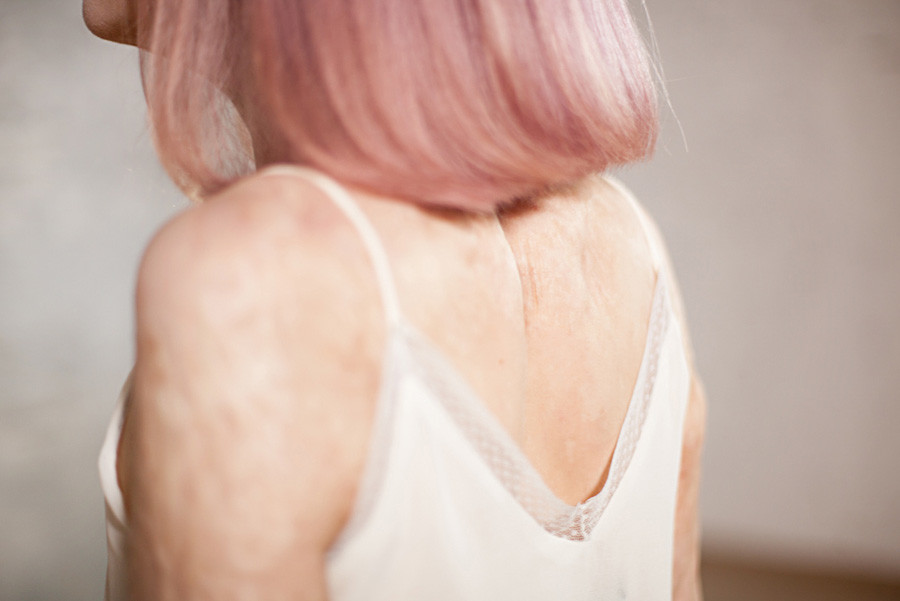
“There are some funny situations when people start pointing at my burns, thinking I wouldn’t notice when in fact it’s very noticeable. I might approach them and say: 'What are you looking at? Wanna touch? What’s catching your attention so much to make you devour me with your eyes?' I can become quite aggressive sometimes. Usually I just smile, though. You come to realize that many simply don’t know what they’re doing is offensive, that people actually can’t live in comfort because of their mockery and societal sidelining. I’ve gotten used to it, but it’s still not nice.”
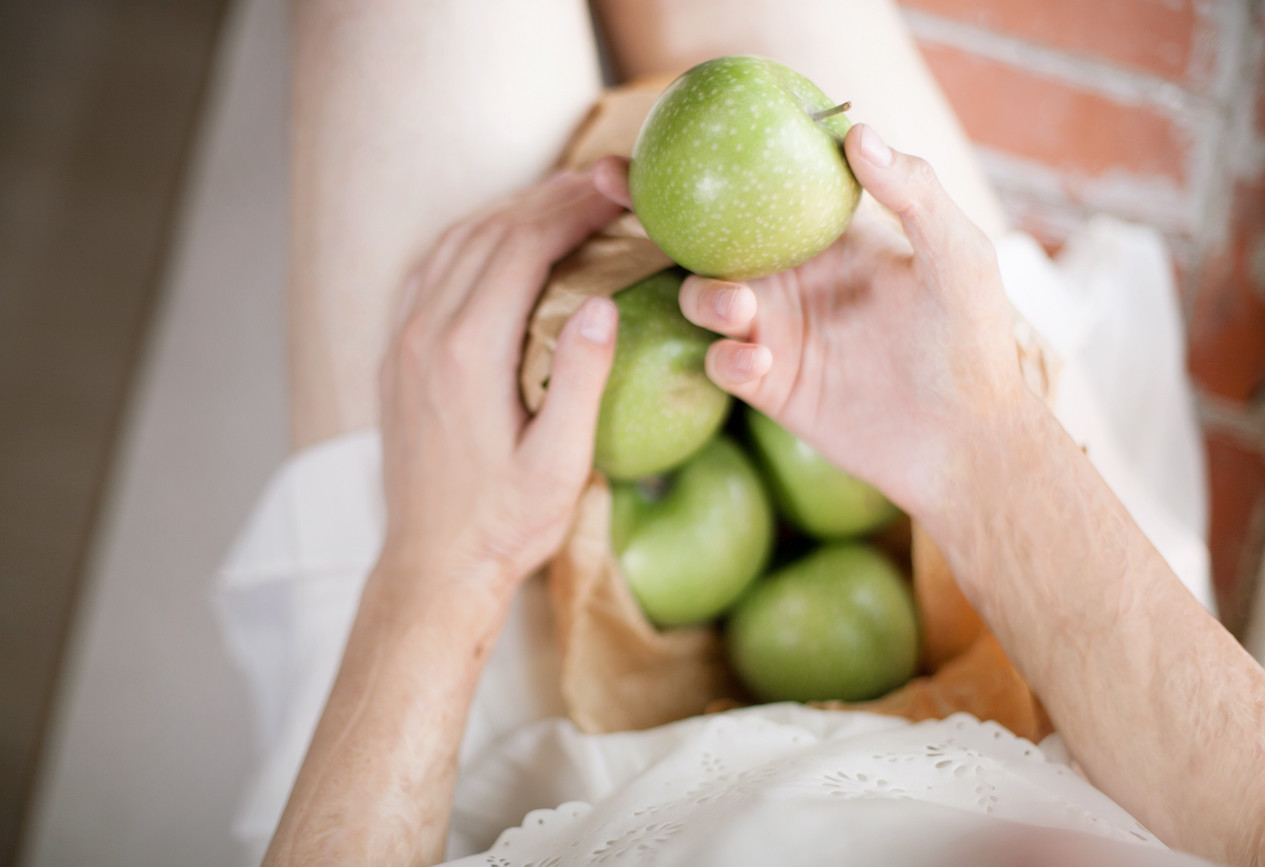
“I want to show people that whatever inadequacies you may feel you have, it doesn’t mean they have to hold you back in life. If you want to achieve something, don’t listen to others, just listen to yourself and act.
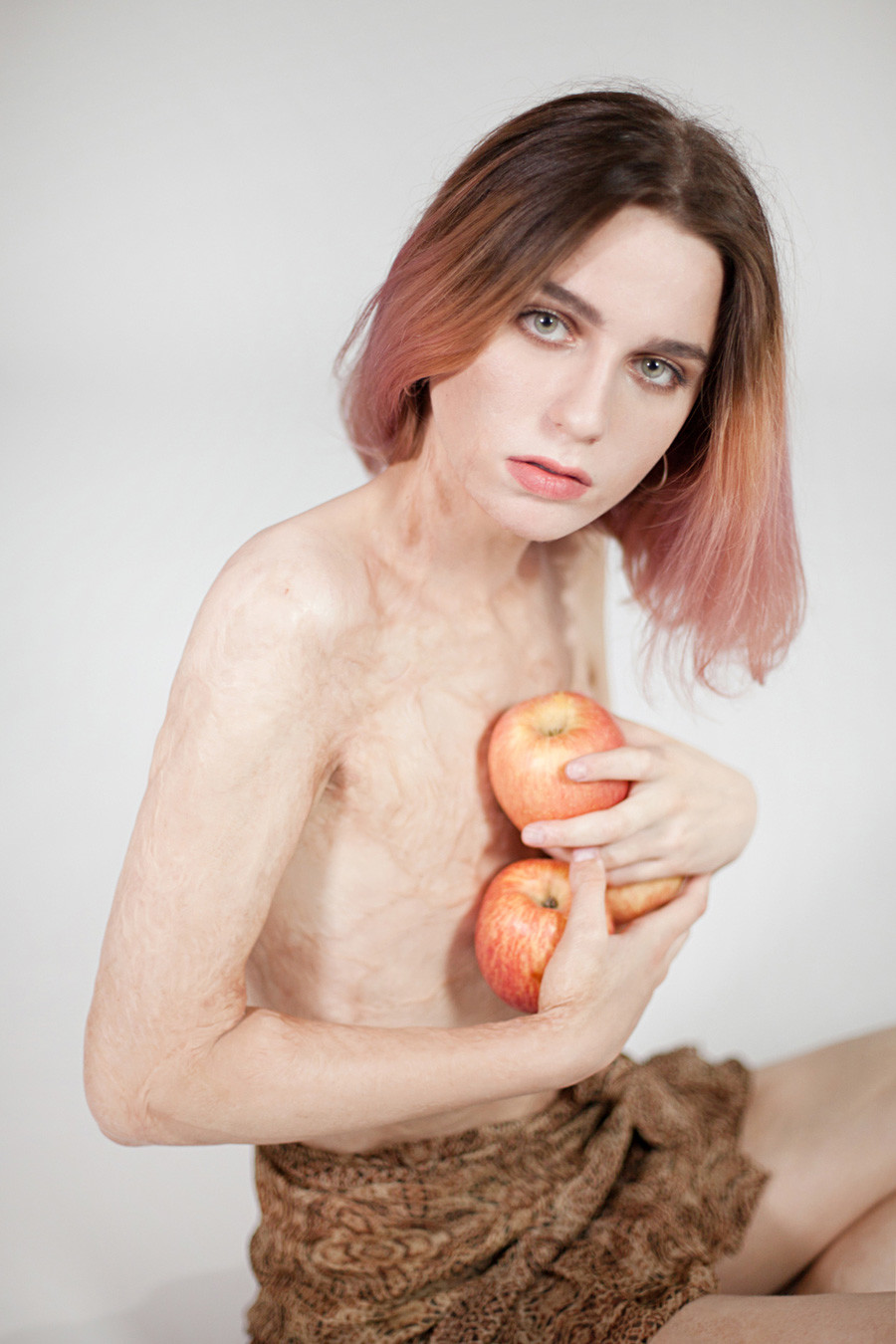
One day my friend came up to me and said “Sveta, I have a kind of ironical/offensive nickname for you.” Ugolyok – it means a small piece of coal, or something burnt. That was roughly two years ago, and I remembered it because I find that kind of self-irony very cute. I like it, it’s very me.”
If using any of Russia Beyond's content, partly or in full, always provide an active hyperlink to the original material.
Subscribe
to our newsletter!
Get the week's best stories straight to your inbox